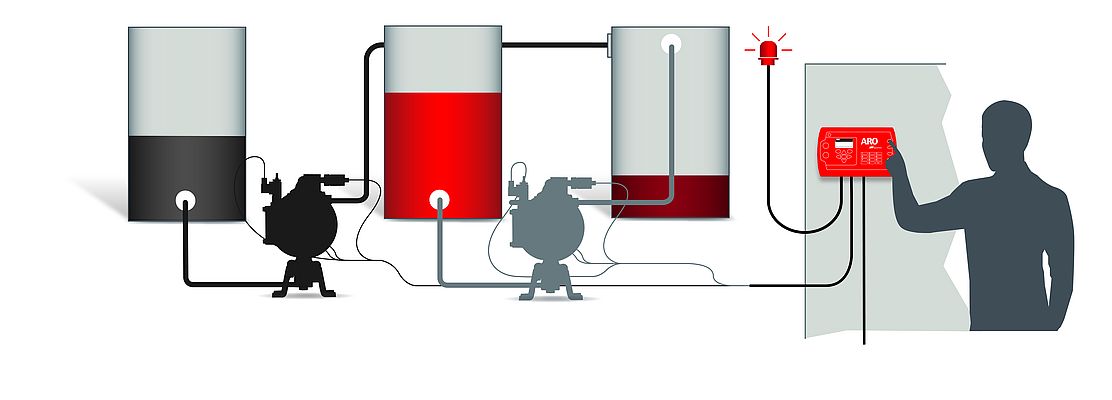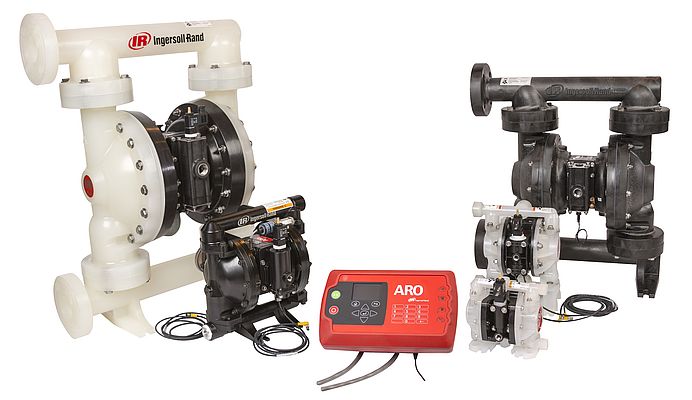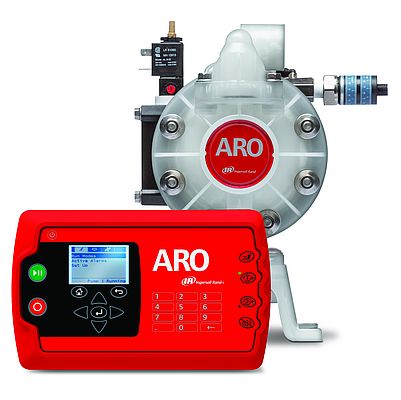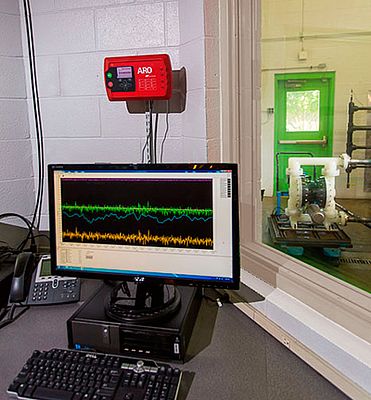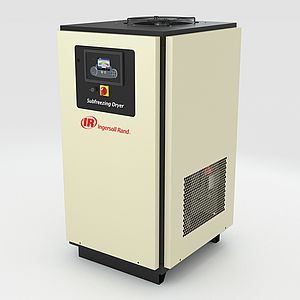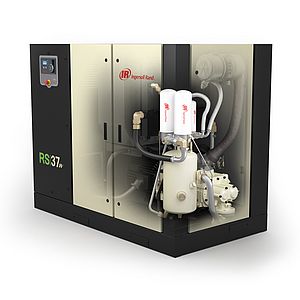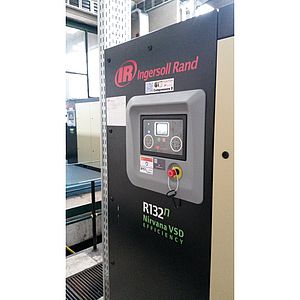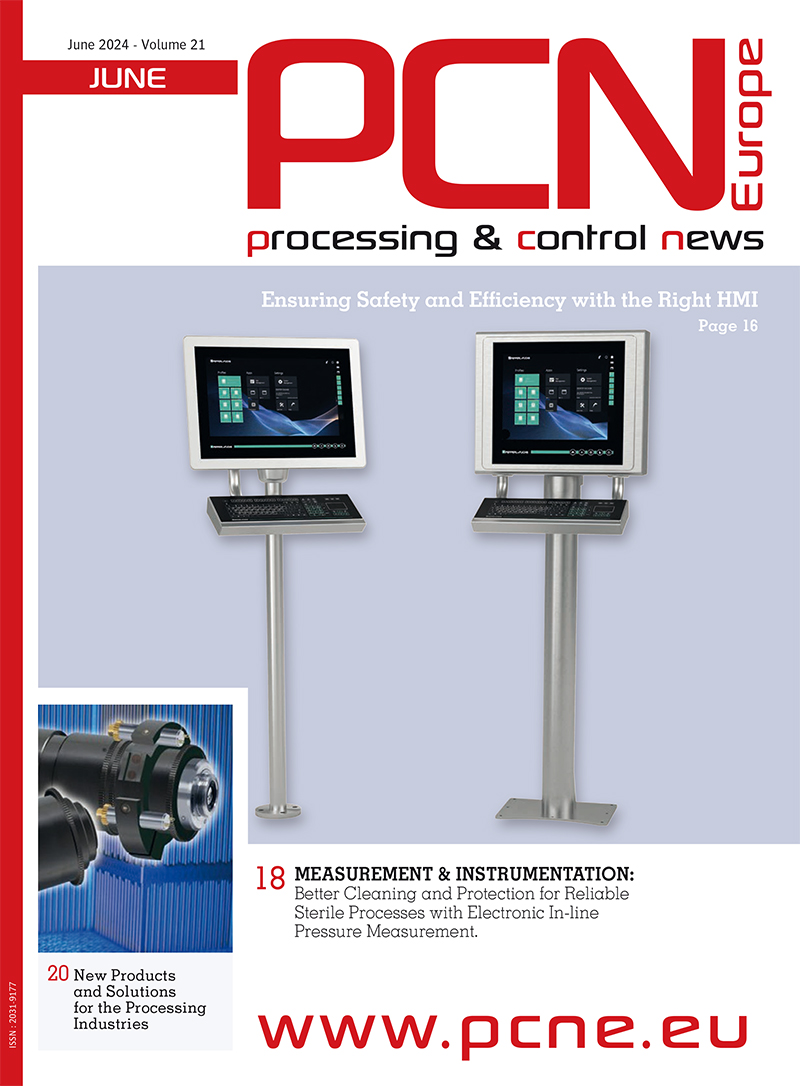Author: Nelson Wesley, Global Product Leader for Diaphragm Pumps and Carlos Becerra, Fluid Management Engineer
At the ACHEMA World Forum ARO will present the world's first closed-loop controller for air-operated diaphragm pumps. The new ARO Controller is a dual-pump controller featuring remote triggers that can perform auto shutdowns and display critical operating data and service alerts to operators via a control-panel display. With a closed-loop system, the ARO Controller features touch-and-walk-away automation that achieves dispensing repeatability within 1%.
The ARO Controller allows users to customize production lines and remotely monitor fluid transfer to ensure greater efficiency and less production downtime. This technology solves some of industry's most challenging fluid management issues while providing a solution that is easily integrated into existing production lines.
A primary feature of the ARO Controller is that it operates within a closed-loop system with the air-operated diaphragm pumps it is connected to. The controller sends signals to the pump to maintain pump speed and volume delivery. Sensors in the pump relay signals back to the Controller, which are used to adjust the outgoing signal's rate and maintain programmed parameters.
Additionally, the controller monitors a number of other signals such as leak detectors. These sensors alert the operator of a ruptured diaphragm, increasing productivity and reducing equipment damage.
The ARO multi-pump controller also includes auto-fill functionality when connected to level sensors installed in a container. One sensor indicates when the container is full while the other sensor indicates when the container is empty. Regardless of whether the pump is filling or emptying, these sensors allow the pump to achieve a pre-determined fluid level in the tank.
The Value of a Closed-Loop Controller
Traditional control systems rely upon a series of manual processes that require the attention of an operator or multiple operators along a plant line. In contrast, a closed-loop controller allows customers to remotely take control of batching and monitoring fluid transfer with an ease of use that reduces errors and lowers costs. Because a closed-loop controller doesn't require the same level of operator attention as traditional control systems, an operator doesn't have to be stationed at each pump as it draws and dispenses into another location.
This feature has the potential to increase productivity by saving on labor, while additionally saving on economic resources because it's more accurate in product delivery. Overfill scenarios can be avoided without manual oversight, potentially delivering large cost benefits over time.
Repeatability is an essential element of any controller system. With ARO's touch-and-walk-away automation, the customer can be assured that their process is running smoothly. For example, the controller relays signals to the pump to maintain the fluid flow entered by the operator. Because the pump sends responsive signals back, the controller can determine if the required flow rate is being maintained or not. If the flow rate cannot be maintained, an alarm will alert the operator who can then pinpoint the problem. The controller is easy to use and simple for the operator to program.
Another differentiator of the Controller is the ability to detect loss of prime. When the pump loses its prime, it stops pumping fluid and starts pumping air, at which point the controller triggers an alarm and the operator can stop the pump. This feature enables the operator to save time, energy cost and unnecessary pump wear. When an alarm is triggered, an LED on the controller blinks, an icon appears and a buzzer goes off. Most importantly, there is an electrical contact on the controller that can be wired by the user to drive an external alarm - such as a siren or strobe - to readily attract attention when an alarm occurs.
Finally, ARO's new controller technologies can control two pumps with a single controller. The pumps can mirror one another or complement each other based on how the system is set up. The controller then uses a proprietary algorithm developed by ARO fluid intelligent experts to monitor stroke timing and determine whether the pump is running at the programmed speed, triggering an alarm if not.
Thanks to these innovations, ARO's closed-loop system achieves dispensing repeatability within 1%, higher levels of production safety, and increased productivity.
Applications The ARO Controller is ideal for a wide variety of applications including:
· Tank filling
· Repackaging
· Blending
· Dewatering
· Pipe flushing
· Dispensing
· Fluid Transferring
· Cleaning
· Batching
Beyond these standard processes, however, are additional applications the controller can accomplish. For example, the proportional mode on the controller allows for two different pumps to operate off of two different analog input signals within the same process. This functionality works well when a process requires mixing two different products into a single container.
Another example is a tank fill operation. In this application, level sensors are installed at both the top and the bottom of a container. When the pumps are in operation, a signal is sent to the controller notifying it that the container is full. The controller then shuts down the pump, and the system's processes empty out that container. When the low level sensor is reached (signifying that the container is empty) the controller is notified, the pump is restarted, and the process can initiate a new cycle.


